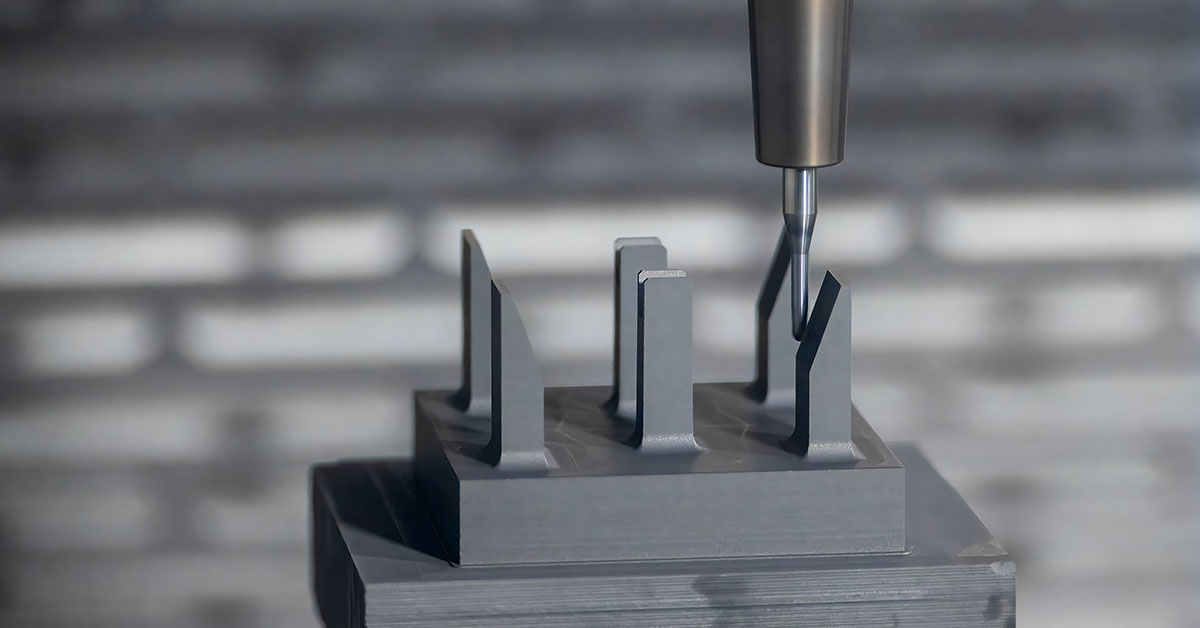
Electrodes can be made from any conductive material. Depending on the nature of the application, electrodes are typically from graphite. Noble metals like gold, silver or platinum can be used but are very expensive. Copper, titanium and brass are other options, but they are also costly.
Graphite is used as an electrode material because it is a good conductor of electricity, is chemically stable, and can withstand high temperatures. It also has a low reactivity and thermal expansion coefficient, making it suitable for electrode use in electrochemical cells.
Graphite is a Good Conductor of Electricity
Graphite’s unique structure, with layers of carbon atoms arranged in hexagonal, allows the electrons to move freely, making it a good conductor of electricity and useful as an electrode material.
In graphite, the carbon atoms are arranged in layers, retaining their structure through covalent bonds. A significant feature of graphite’s structure is the number of delocalized electrons present. Graphite requires only three of its outer energy electrons to bond, leaving the fourth free to act in a delocalized manner. Delocalized electrons are not readily associated with a particular atom and move freely. These electrons enable graphite to exhibit a high level of conductivity, explaining why the material is frequently used for electrodes.
Graphite Electrode Materials
Check out MWI’s graphite product guide that contains information for our Electro-Carb “EC” family of graphite electrode materials. Graphite grades include EC-4, EC-12, EC-14, EC-15, EC-15C. EC-16, EC-17, HK-6, and HK-6C.
DOWNLOAD OUR GRAPHITE PRODUCT GUIDE